The Practical Impact of Architectural Design
When most people think of architecture, they often focus on style and visual appeal. However, at EAPC Architects Engineers (EAPC), we understand that the real value of architecture lies in its functional impact. From healthcare facilities to educational campuses, and from public spaces to adaptive reuse, the architecture does more than just house activities—it shapes them. This article delves into the crucial role architecture plays across various sectors, illustrating why good design is not just about looking good, but about serving a practical, beneficial purpose for communities and industries alike.

Healthcare: Efficiency and Patient Well-being
In a healthcare setting, architecture plays a critical role. Good design is about more than just aesthetics; it significantly affects patient well-being and staff efficiency. Natural light and intuitive layouts contribute to patient comfort and operational efficiency, reducing stress and facilitating better healthcare outcomes.
The Sanford Bemidji Behavioral Health Crisis Center in Minnesota serves as a prime example of architecture’s critical role in healthcare. EAPC Senior Architect Craig Clark notes that the project went beyond aesthetics, focusing on patient well-being and staff efficiency. Features like seamless flooring and reinforced drywall ensure safety and durability, while natural light and intuitive layouts contribute to patient comfort and operational efficiency.
Clark underscores the facility’s transformative impact on the community, stating, “Its success speaks to the role innovative architectural design can play in bridging the service gaps in mental health care.” The Center illustrates how architecture, far from being just about visual appeal, directly impacts healthcare outcomes through careful, thoughtful design.
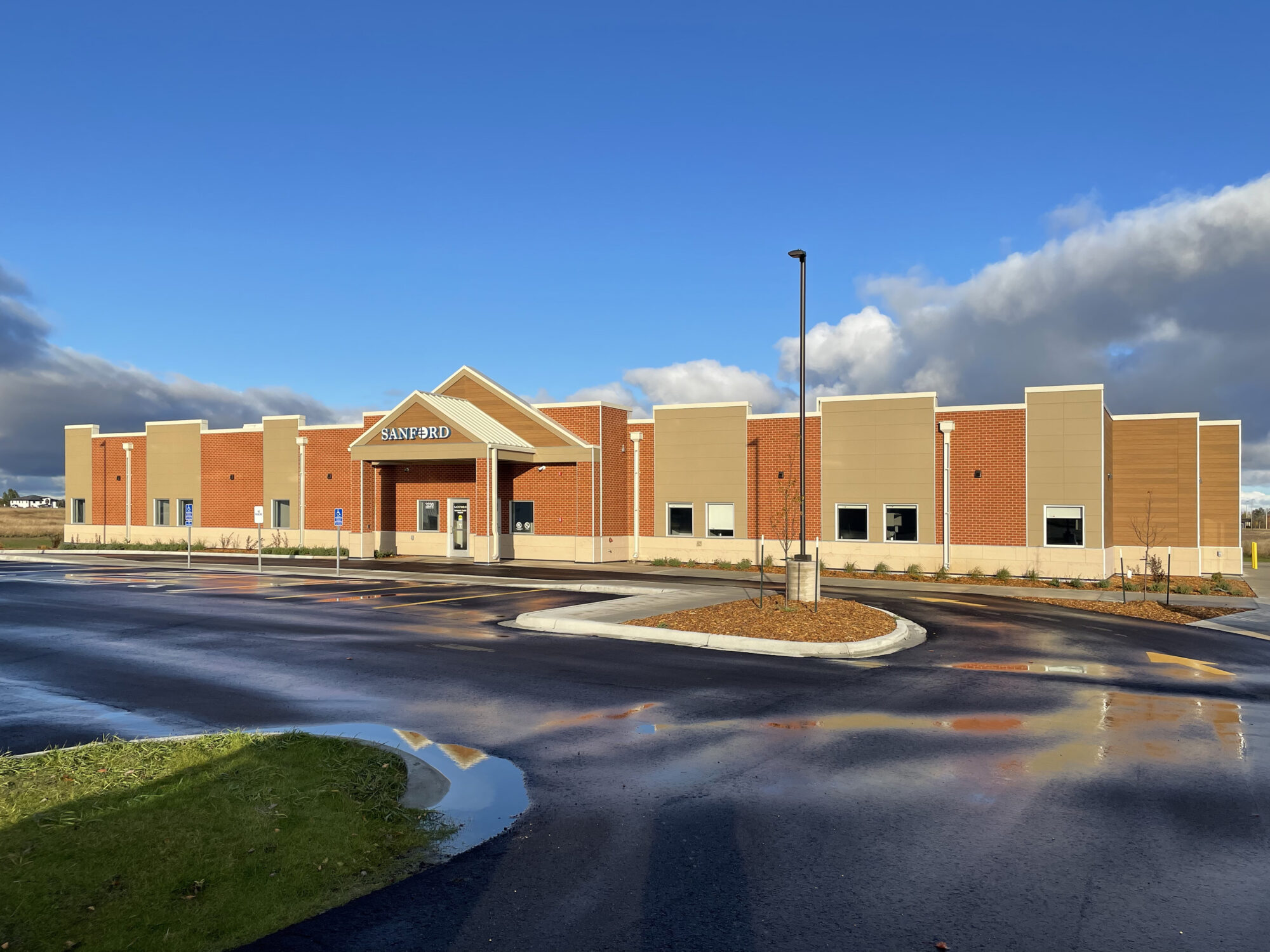
Higher Education: Learning and Sustainability
When it comes to higher education, design matters for two key reasons: learning environments and sustainability. Spaces should be built to enhance concentration and facilitate educator-student interaction. Additionally, colleges and universities are increasingly focused on sustainability, making energy-efficient designs imperative.
“In higher education, architectural design serves a dual purpose: enhancing learning environments and promoting sustainability,” states EAPC Architect Shawn Crowley, who was involved in the transformation of South Dakota State University’s First Bank & Trust Arena. The revamp wasn’t just a superficial facelift but a thoughtful blend of modern features aimed at both improving user experience and meeting contemporary standards. For example, the arena now features modern classrooms that offer flexibility for various uses, which Crowley notes contributes to “enhanced concentration and better educator-student interaction.”
Crowley further emphasizes the project’s focus on sustainability, stating, “We overhauled the arena’s mechanical and electrical systems, aligning them with the growing focus on energy-efficient designs that universities are now prioritizing.” This illustrates that architectural considerations in higher education spaces go beyond the immediate needs of form and function. They are integral to fostering academic success and fulfilling institutional responsibilities towards sustainability.
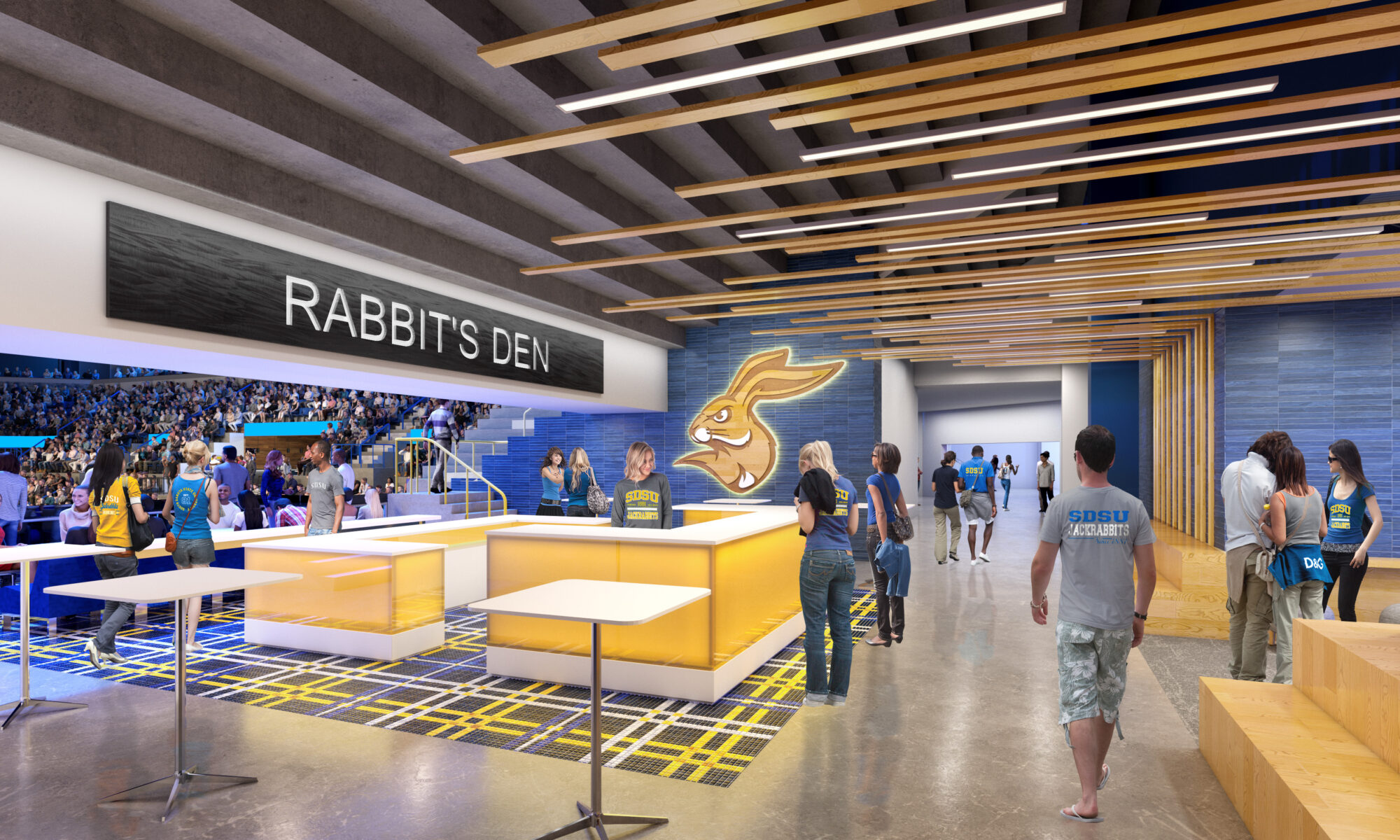 K-12 Schools: Safety and Adaptability
K-12 Schools: Safety and Adaptability
For K-12 educational environments, safety and flexibility are paramount. Architectural designs must integrate safety measures effectively without creating an imposing atmosphere. Classrooms need to be adaptable to accommodate various teaching styles and technological needs, setting the stage for effective education.
“Architectural designs in K-12 settings should prioritize safety while still nurturing growth and creativity,” explains EAPC Partner and Architect Sean Sugden.
Sugden is an expert in Crime Prevention Through Environmental Design (CPTED), a strategy that significantly minimizes crime by incorporating elements like natural surveillance and territorial reinforcement into architectural designs. “Visibility within our school designs deters potential wrongdoers. It’s not just about installing lights or windows; it’s about eliminating potential hiding spots, thereby promoting transparency and openness,” he adds.
Sugden emphasizes that flexibility is also crucial for these educational spaces. “It’s about creating a natural flow using design elements like pedestrian scale lighting and landscaping that guides visitors, maintaining a safe environment without sacrificing the welcoming spirit of a school.” The aim is to design classrooms that can adapt to various teaching styles and technological needs, ultimately creating environments that not only shield students from harm but also set the stage for effective education.
Civil Projects: Community and Economy
In the context of civil projects like public parks or government buildings, architecture serves broader societal needs. Good design can either promote or hinder community interaction and civic engagement. Well-executed civil projects can also serve as economic catalysts, driving investment and job creation.
“In civil projects like public parks or government buildings, the architecture must serve broader societal needs, not just aesthetic or functional ones,” explains EAPC Architect Michael Clark. “Balancing cost concerns with the need for resiliency is essential. With the right approach, you can achieve both sustainability and resiliency—true added value for the community.”
One compelling example is the Fargo Fire Department’s latest station. “During the design phase, we had to grapple with budgetary constraints exacerbated by post-pandemic inflation. However, Fire Chief Steven Dirksen was clear that quality shouldn’t be compromised,” Clark says. The team chose precast concrete panels for their resilience against the strong, straight-line winds common in the region, meeting the community’s safety needs while staying within budget. “The choices made will provide Fargo with a building that can withstand weather-related events, serving as an essential element of the city’s fire response,” adds Clark.
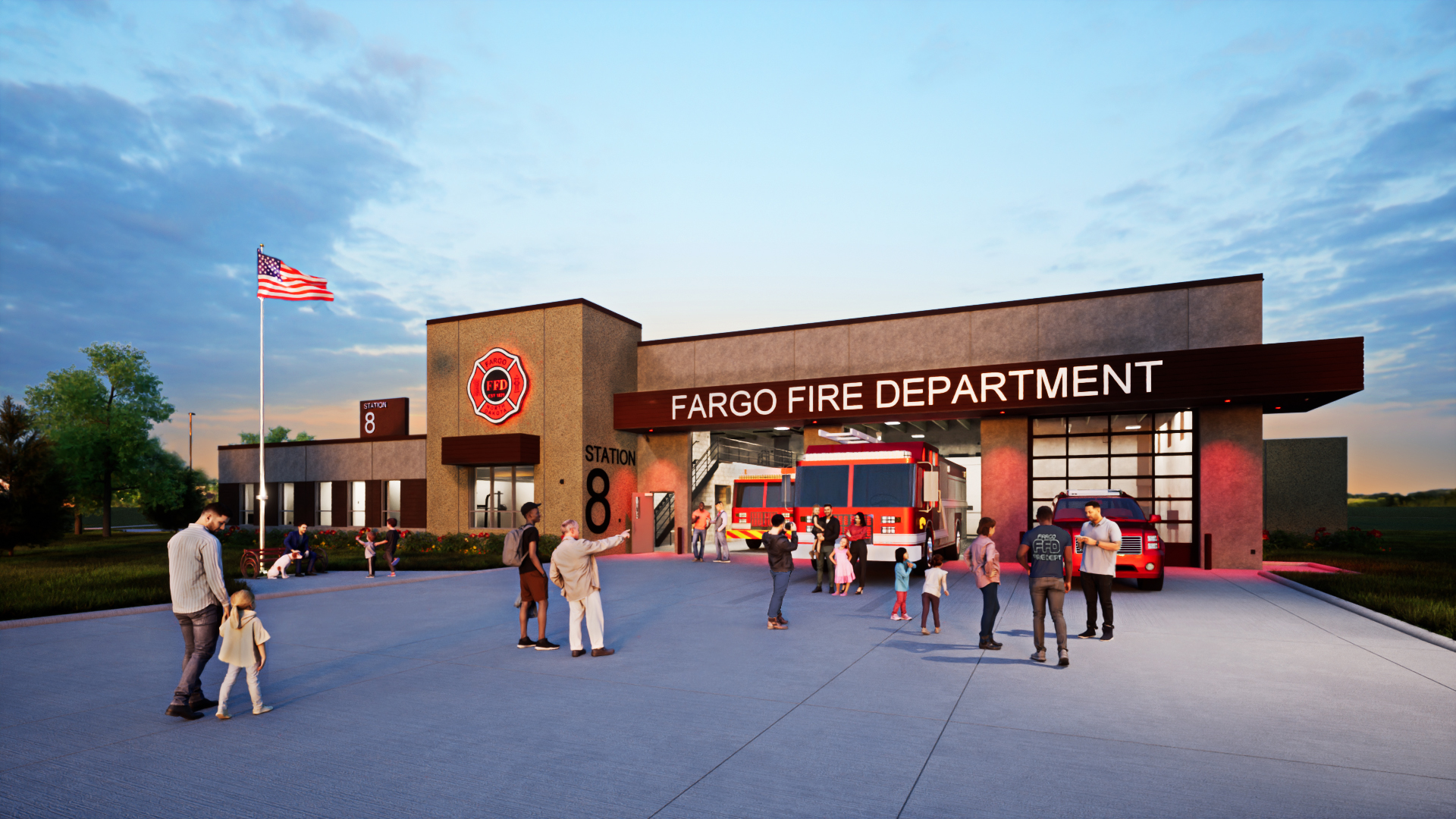
Similarly, the Devil’s Lake Rural Fire Department faced challenges of budget and resilience. “The community has grown, and the department needed to upgrade their 50-year-old precast concrete building,” says Clark. Despite being far from precast plants, the team opted for a masonry cavity wall construction that matched the resiliency of their previous structure using more locally available materials.
Both projects showcase the economic and societal value of thoughtful civil architecture. Well-executed designs not only meet today’s needs but anticipate tomorrow’s challenges, fostering community interaction, civic engagement, and even driving investment and job creation. “Civil projects are more than just buildings; they’re an investment in the community’s future,” concludes Clark.
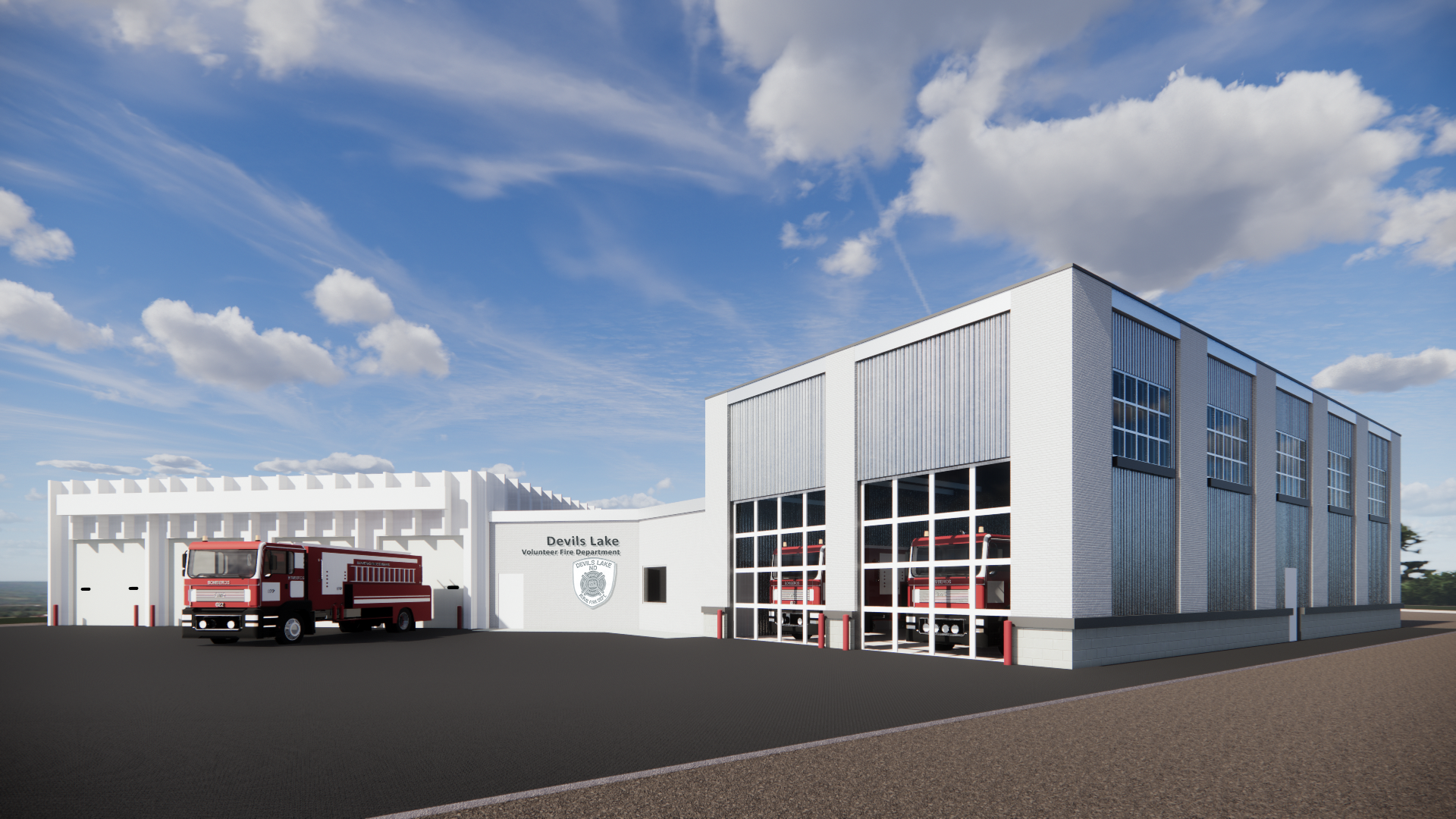
Adaptive Reuse and Sustainability
“Adaptive reuse and sustainability aren’t just buzzwords; they’re responsible practices for a healthier and more connected community,” says EAPC Senior Architect Matt Becker. “Our recent transformation of a vacant Pamida store in rural Minnesota into a state-of-the-art healthcare hub epitomizes these principles.”
This reimagined healthcare facility provides an excellent example of how adaptive reuse can both respect history and meet contemporary needs. “What once was a bustling retail space has become a beacon for advanced healthcare, serving the community while reducing our carbon footprint,” adds Becker.
The Essentia Health Ambulatory Care Center design ingeniously divides the space into ‘onstage’ and ‘offstage’ areas. Intuitive wayfinding elements, such as the flooring patterns, guide patients smoothly through the facility. “Adaptive reuse gives us the opportunity to reinvent spaces. Our innovative design elements, like the floor and wood ceiling, not only guide people through the space but also contribute to a welcoming, calming environment,” Becker explains.
By transforming the abandoned retail space into an essential community healthcare hub, the project serves as a powerful model for sustainable development and adaptive reuse.
“This facility is more than just a healthcare center; it’s a symbol of the community’s resilience and adaptability,” concludes Becker. “It honors its past as a Pamida store while serving the current and future healthcare needs of the Park Rapids community, making it a true emblem of sustainable transformation.”
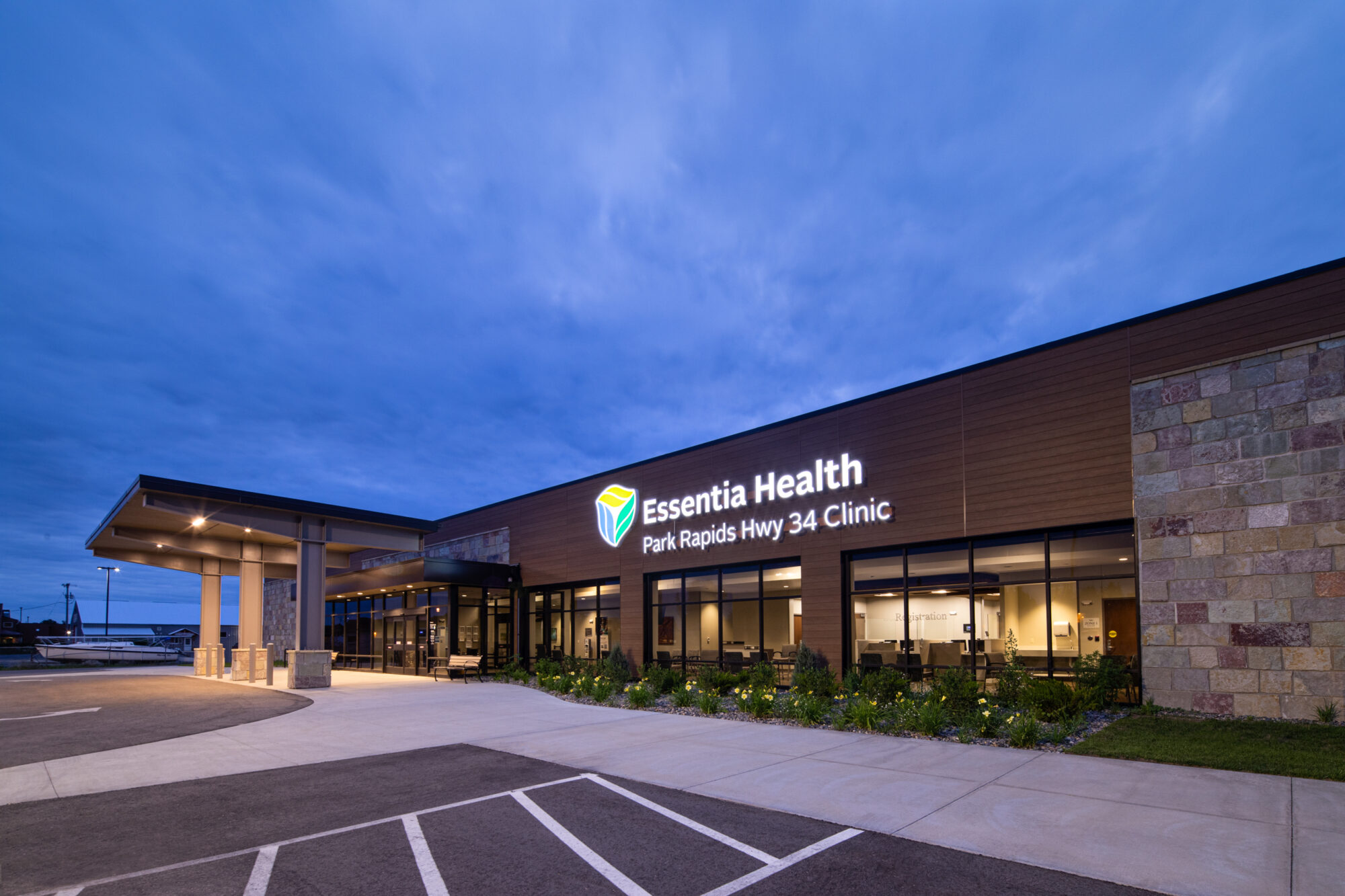
Good architecture is not optional; it’s a necessity with measurable impact across sectors. From healthcare and education to civil and industrial projects, the quality of architectural design affects efficiency, safety, community engagement, and sustainability. EAPC focuses on creating designs that address these critical factors, aiming for built environments that serve their purpose well.